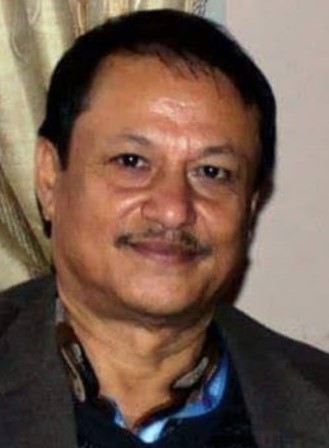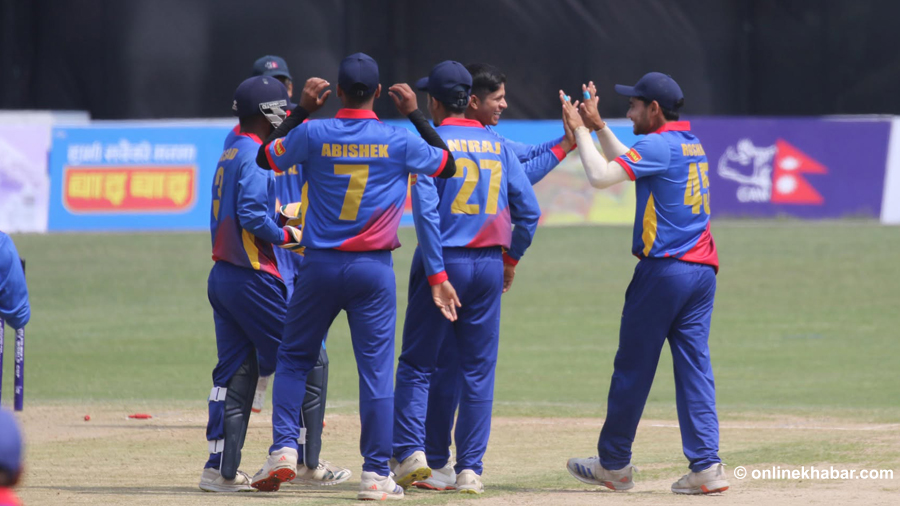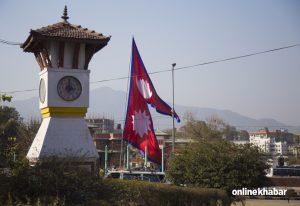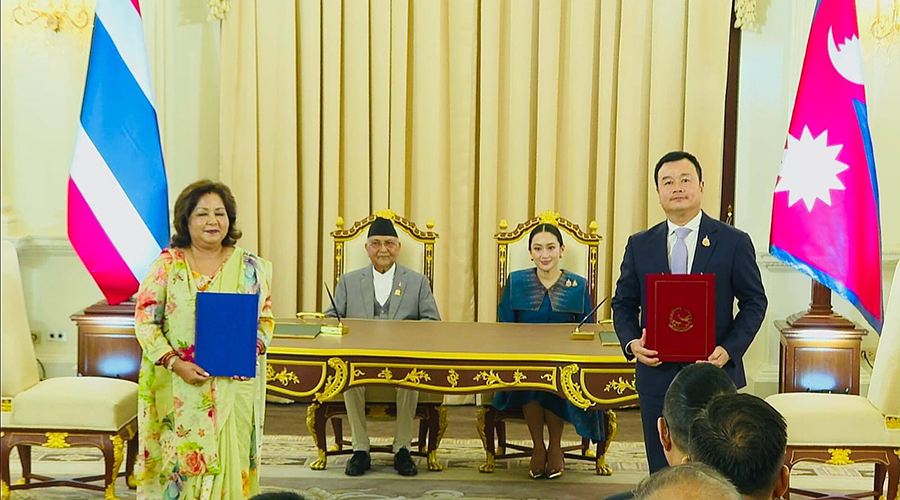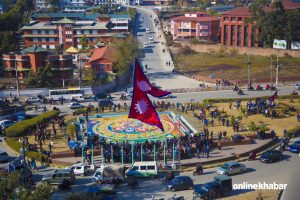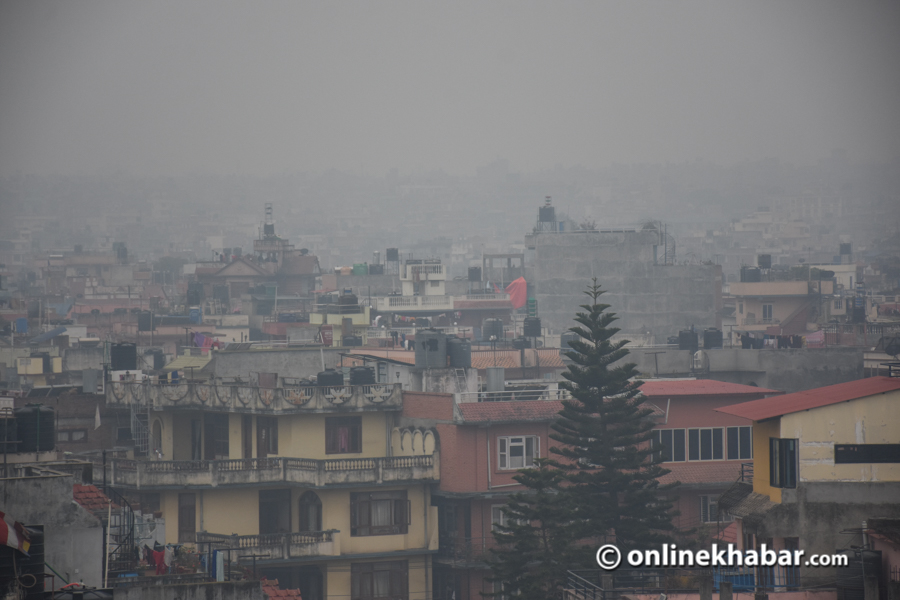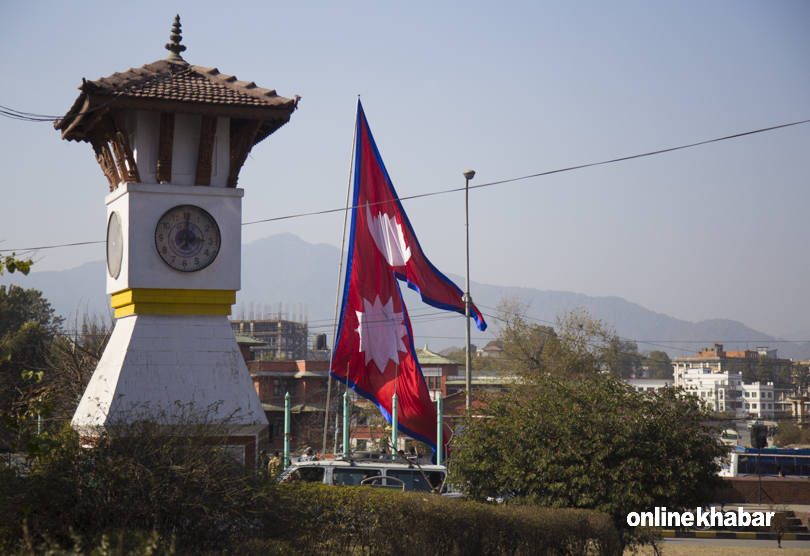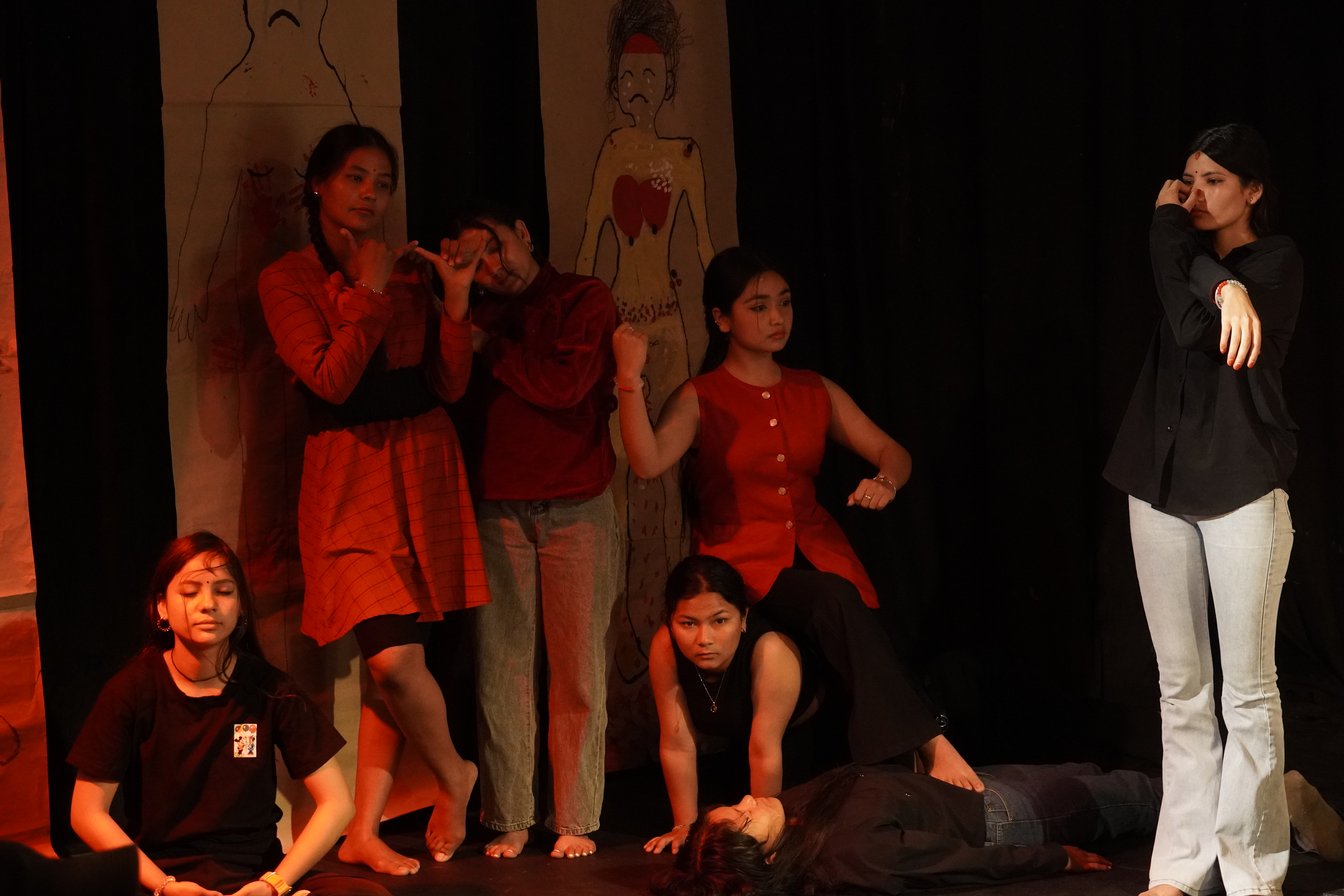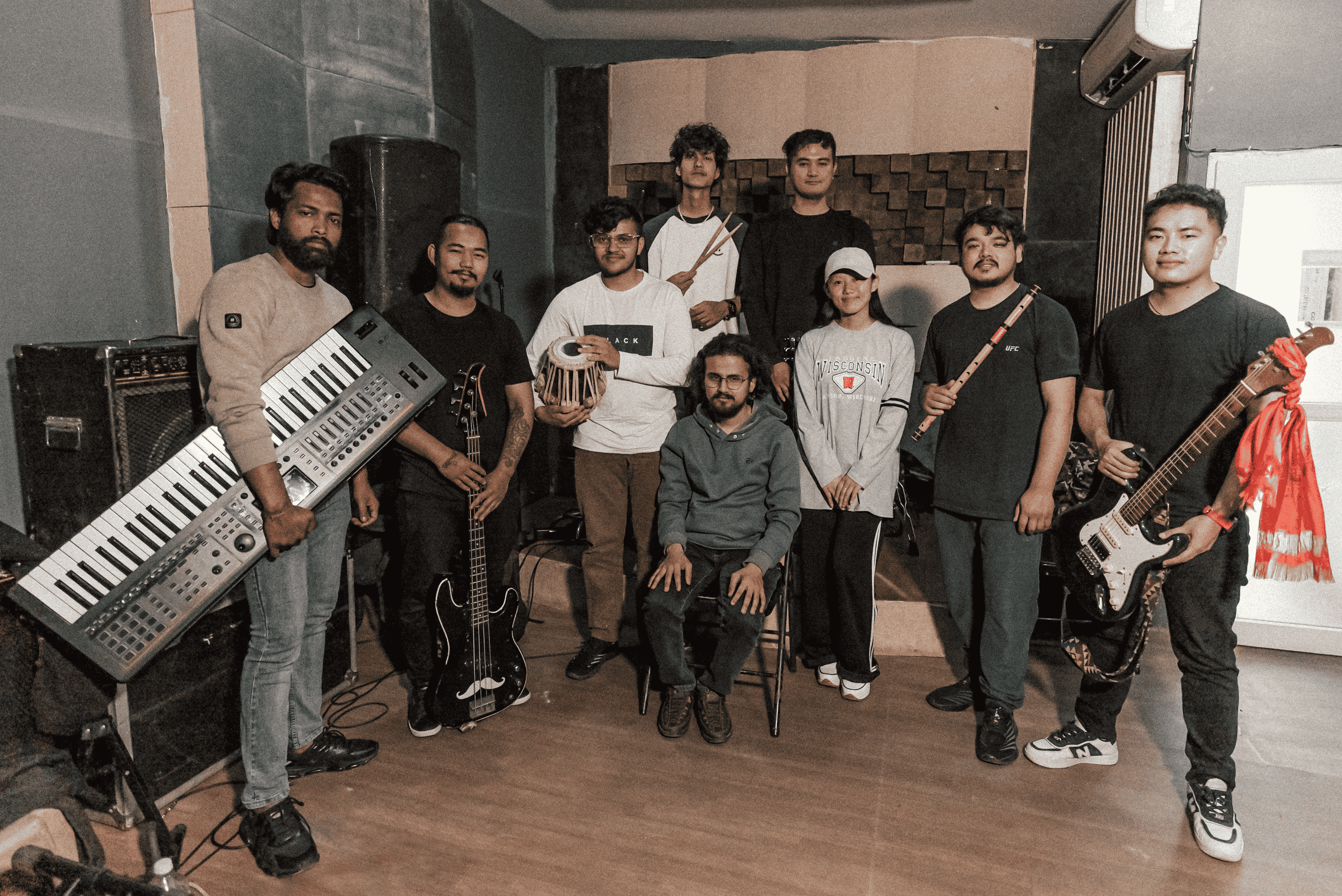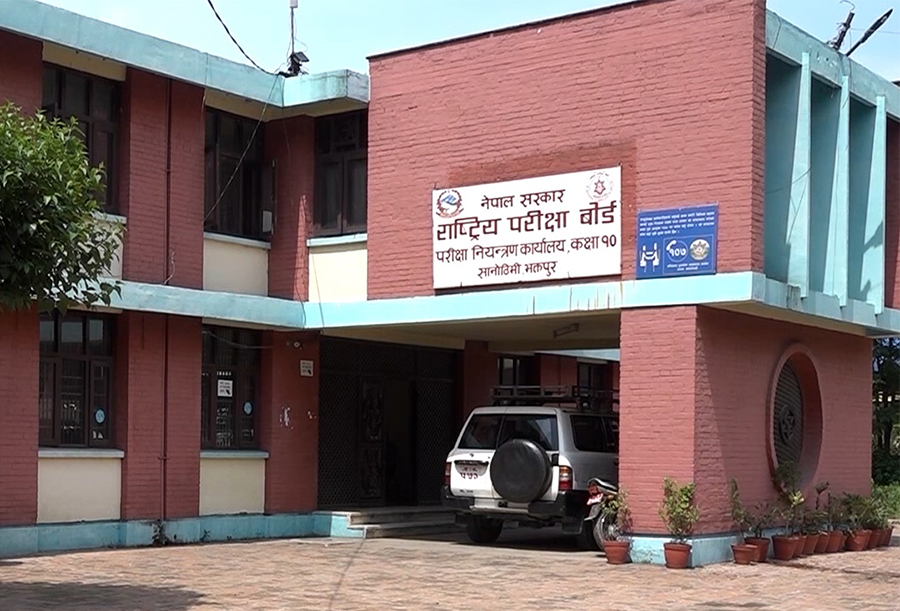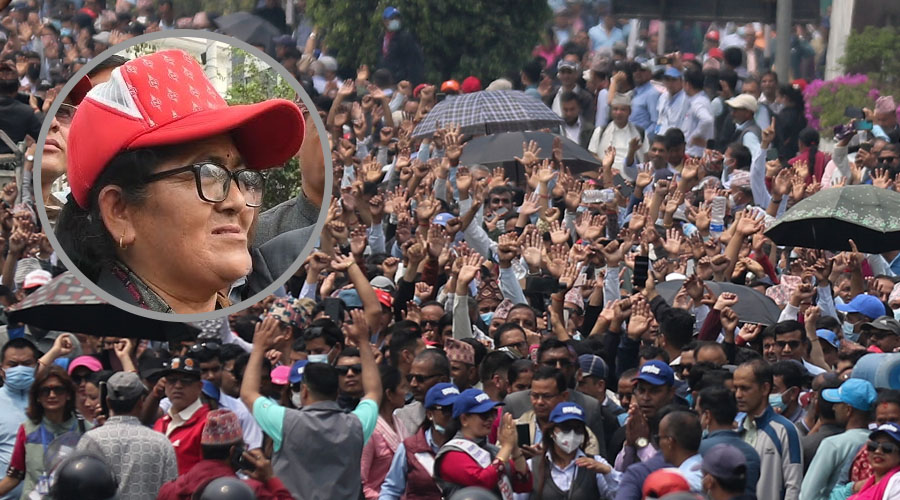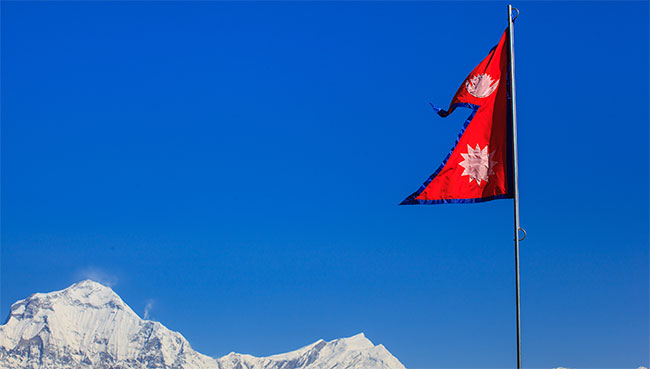
In the aftermath of Nepal’s monarchy, the country’s political landscape was transformed by the aspirations of marginalized communities, such as ethnic minorities, women, and indigenous groups. These communities sought a political system that would better reflect the country’s diverse demographic makeup, offering them greater political representation and inclusion.
The 2015 constitution, which marked a significant milestone in Nepal’s post-monarchy era, promised to fulfill these aspirations by establishing a federal democratic republic, enshrining secularism, and committing to inclusivity. Despite these progressive promises, the constitution has proven to be an inconclusive document, failing to adequately address Nepal’s multicultural and multi-ethnic reality.
The promise of the 2015 constitution
The 2015 constitution was hailed as a victory for federalism in Nepal. It sought to decentralize governance and empower local communities by dividing the country into seven provinces.
The principles of secularism and inclusivity were incorporated to protect the rights of all religious and ethnic groups, with a particular focus on addressing historical injustices faced by marginalised communities, including Dalits, indigenous groups, and women.
The idea was to foster a political system that was not only democratic but also genuinely representative of Nepal’s multicultural society. Furthermore, the constitution was designed to provide equal rights to all citizens, with provisions for gender equality, social justice, and the protection of minority rights.
These measures were intended to address the deep-rooted socio-political disparities that had historically sidelined vast segments of the population, especially those in rural areas or from marginalised communities. However, despite these progressive features, the constitution has largely fallen short in achieving these goals.
The failure to address Nepal’s multicultural demography
One of the most significant shortcomings of the 2015 constitution is its failure to fully acknowledge and accommodate Nepal’s diverse ethnic and cultural makeup. Although the constitution envisions a more inclusive society, it has been shaped predominantly by the interests of the dominant ethnic groups, leaving many of Nepal’s marginalized communities disillusioned.
While it guarantees the protection of minority rights in theory, the practical implementation of these provisions has been uneven, often ignoring the voices of smaller ethnic, linguistic, and indigenous groups.
For example, the structure of the new federal system, despite being a step toward decentralization, has inadvertently concentrated power in the hands of the dominant ethnic group. The distribution of resources and political power in the seven provinces does not necessarily reflect the linguistic, cultural, or ethnic diversity that exists across the country.
The allocation of administrative boundaries and local governance structures has sparked resentment in several regions, particularly among ethnic minorities and indigenous peoples who feel their representation is still marginalized.
In particular, the Madhesi community, which resides in the Terai region, has been vocal about their exclusion from political power. They argue that the new constitution’s provisions do not adequately address their grievances, particularly in relation to the demarcation of provincial boundaries, which they believe undermines their political influence.
Similarly, indigenous groups, such as the Tharu and various others, feel that the constitution has failed to recognize their unique identities and aspirations within the larger framework of Nepal’s national politics.
A system dominated by elites
Another critical issue that has hampered the constitution’s ability to create a truly inclusive political system is the dominance of entrenched political elites. While the 2015 constitution promised to empower the people and address historical inequalities, political power in Nepal remains concentrated in the hands of a small, elite group.
These elites often manipulate the democratic system for personal and party gain, undermining the spirit of true democracy. The political parties, which represent a limited section of society, continue to operate along ethnic, regional, and ideological lines, preventing effective and inclusive governance.
The entrenched political class has also played a significant role in obstructing the implementation of key provisions of the constitution. Despite the promises of equality and justice, political infighting and partisan interests have slowed down the actualization of many of the reforms enshrined in the document.
For example, the implementation of federalism has faced considerable delays, with many of the provinces still struggling to define their roles and powers clearly. This political gridlock has resulted in public frustration and growing disillusionment with the democratic system.
Regional tensions and the challenges of local governance
The 2015 constitution’s federal system was meant to address regional imbalances and empower local governments. However, in practice, the implementation of federalism has been fraught with challenges. One of the key issues is the difficulty of balancing power between the central government and local authorities.
In many cases, provincial governments lack the necessary resources and autonomy to function effectively, and local governance structures remain underdeveloped. Furthermore, the federal system has led to increased regional tensions.
Ethnic and linguistic groups in different regions of Nepal continue to feel that their interests are not adequately represented, and the new administrative boundaries have only exacerbated these feelings of alienation. As a result, regional disparities in terms of development and political representation persist, and local governments struggle to assert their authority in the face of centralized power.
The constitutional shortcomings and public discontent
Despite the constitution’s provisions for inclusiveness, the gap between its promises and the realities of governance has led to public discontent. Nepalese citizens, especially from marginalized communities, feel that their voices are not being heard and their concerns ignored.
The disillusionment is particularly evident in the Terai region, where protests have continued over the perceived inequities in the constitution, as well as the unresolved issues surrounding citizenship, women’s rights, and the rights of indigenous peoples.
The political system, underpinned by the 2015 constitution, has struggled to foster a sense of national unity, and the lack of genuine representation for many groups has left a significant portion of the population feeling disenfranchised.
Although the constitution theoretically provides a framework for a more democratic and inclusive Nepal, the ongoing political instability, corruption, and elite manipulation continue to thwart progress.
In conclusion, the 2015 constitution of Nepal represents both a step forward and a missed opportunity. While it introduced important provisions for federalism, secularism, and inclusivity, it has failed to adequately reflect the country’s multicultural and multi-ethnic reality.
The system has largely been shaped by the interests of the dominant ethnic groups, sidelining the diverse aspirations of marginalized communities. Political instability, corruption, and the exploitation of the system by entrenched elites have further undermined their promise of inclusivity.
As a result, the goals of a truly democratic, inclusive, and progressive federal republic remain unfulfilled. The constitutional framework, though ambitious in its vision, has yet to deliver the justice and equality that the people of Nepal deserve.


